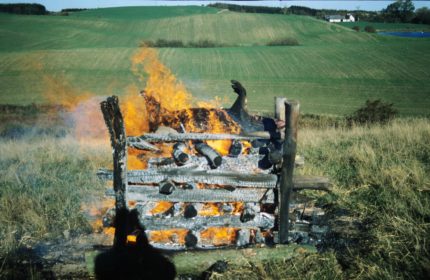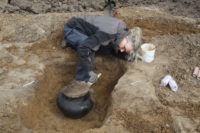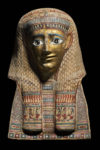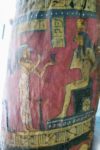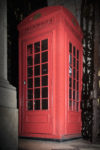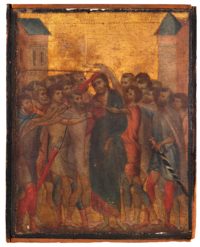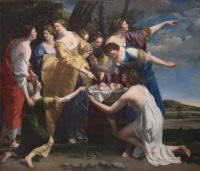 The Finding of Moses, a monumental painting by Baroque artist Orazio Gentileschi, father of Artemisia, has been acquired by the National Gallery after 20 years of trying. The Gallery first attempted to buy it in 1995 and failed. In 2002, its owner, sofa magnate Graham Kirkham, loaned the work to the museum where it has been the centerpiece of its Baroque collection. This year they were again given the opportunity to acquire The Finding of Moses for £19.5 million. With the goal in sight thanks to large grants from American Friends of the National Gallery, the National Gallery Trust and National Heritage Memorial Fund, the National Gallery launched a campaign last month to raise the remaining £2million. They announced on December 18th that the full sum has been raised and the painting acquired.
The Finding of Moses, a monumental painting by Baroque artist Orazio Gentileschi, father of Artemisia, has been acquired by the National Gallery after 20 years of trying. The Gallery first attempted to buy it in 1995 and failed. In 2002, its owner, sofa magnate Graham Kirkham, loaned the work to the museum where it has been the centerpiece of its Baroque collection. This year they were again given the opportunity to acquire The Finding of Moses for £19.5 million. With the goal in sight thanks to large grants from American Friends of the National Gallery, the National Gallery Trust and National Heritage Memorial Fund, the National Gallery launched a campaign last month to raise the remaining £2million. They announced on December 18th that the full sum has been raised and the painting acquired.
The large-scale work — 257cm (8’5″) by 301cm (9’10.5″) — depicts the scene from Exodus when the baby Moses is discovered in the reeds of the Nile by pharaoh’s daughter and her handmaids. The young woman kneeling on the left pointing at the infant in the basket is his sister Miriam. It is one of the finest examples of Orazio’s late period when he’d set aside his earlier Caravaggesque style and embraced the lush vibrancy of Late Renaissance history painters like Titian, Tintoretto and Veronese.
It was painted in 1630 when Gentileschi was a court painter for the King Charles I. Charles commissioned it as a gift for his wife Queen Henrietta Maria in honor of the birth of their son, the future Charles II. Orazio was one of the Queen’s favorite painters and The Finding of Moses joined his ceiling paintings at Queen’s House, Greenwich. The sumptuous silks of the princess and her ladies and the green, woodsy rolling hills reflect the style and landscape of Henrietta Maria’s court rather than pharaonic Egypt’s.
The painting had been an acquisition priority for us since 1995, when we first attempted to buy it.
Not only is it a wonderful example of Orazio’s rich colouring, skill at painting shiny, sumptuous fabrics, and sense of courtly elegance, ‘The Finding of Moses’ has an important place in British history.
It is the first painting from the time when Orazio travelled to England to be a painter at the court of Charles I in London.
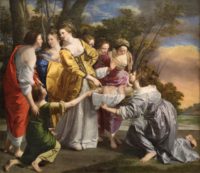 Orazio Gentileschi painted a second version of the monumental piece in 1633, this one for King Philip IV of Spain. He made the details of the textiles and jewelry even more sumptuous and bared less flesh, in keeping with the fashion of the Spanish court. Orazio gave it to the king as a gift, dispatching his son Francesco to Madrid to deliver it in person. It is now in the Prado Museum in Madrid.
Orazio Gentileschi painted a second version of the monumental piece in 1633, this one for King Philip IV of Spain. He made the details of the textiles and jewelry even more sumptuous and bared less flesh, in keeping with the fashion of the Spanish court. Orazio gave it to the king as a gift, dispatching his son Francesco to Madrid to deliver it in person. It is now in the Prado Museum in Madrid.
The Finding of Moses will be moved to the newly renovated Baroque room in April when it will go on display in an exhibition dedicated to Orazio’s brilliant daughter Artemisia.
